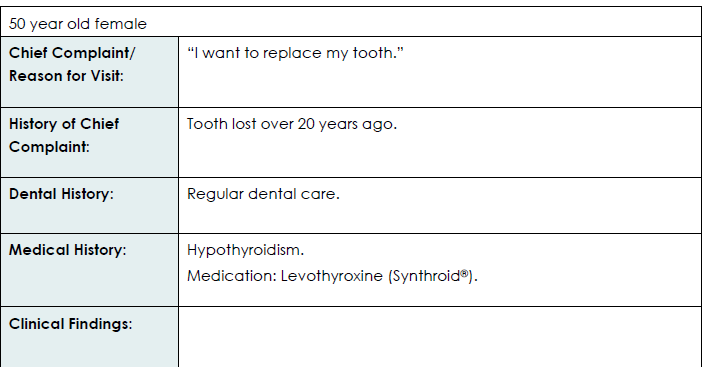Understanding the NDEB Virtual OSCE Blueprint
by Oscedental.com | Published: April 07, 2025
The National Dental Examining Board (NDEB) Virtual Objective Structured Clinical Examination (OSCE) is a critical step for dental professionals seeking licensure in Canada. The blueprint for the Virtual OSCE outlines the content areas and the approximate percentage of questions dedicated to each, providing a roadmap for preparation. Below, we break down the blueprint and explore its value for candidates.
